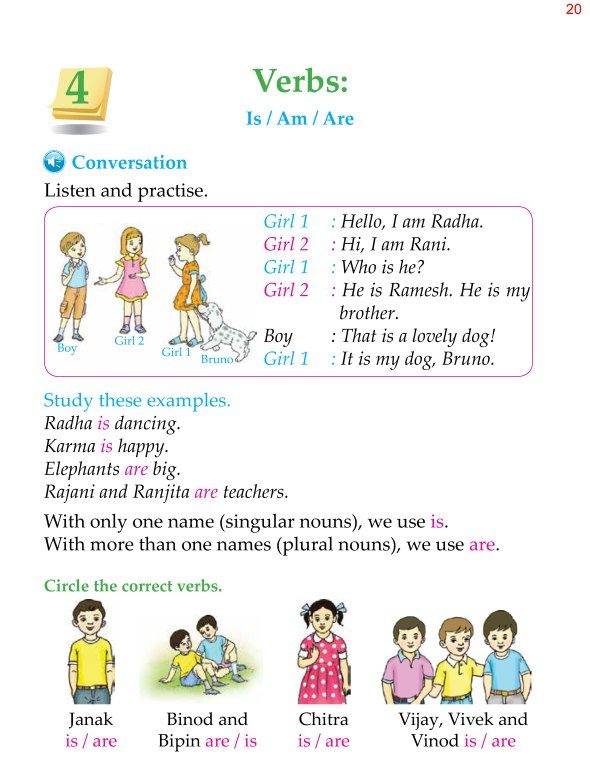 Genre/Topic: Parts of speech, Verbs
Genre/Topic: Parts of speech, Verbs
The verbs is / am / are can be used for short answers.
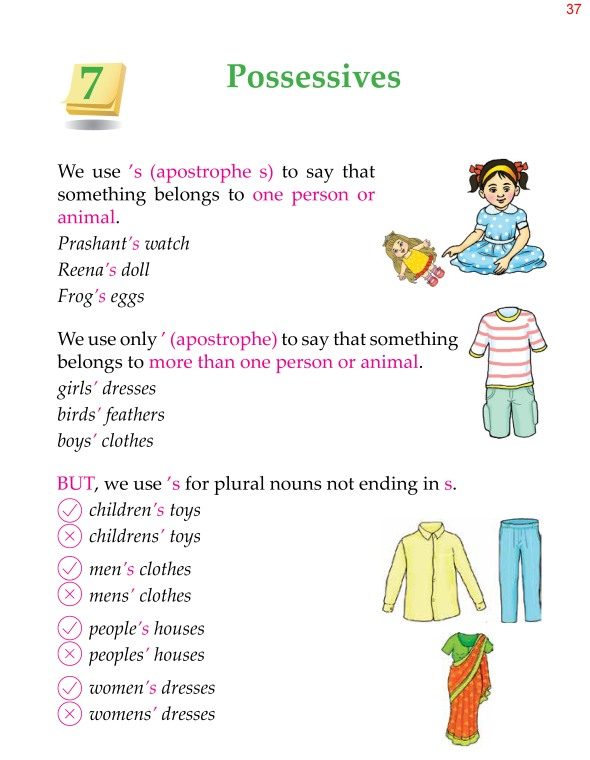 Genre/Topic: Parts of speech
Genre/Topic: Parts of speech
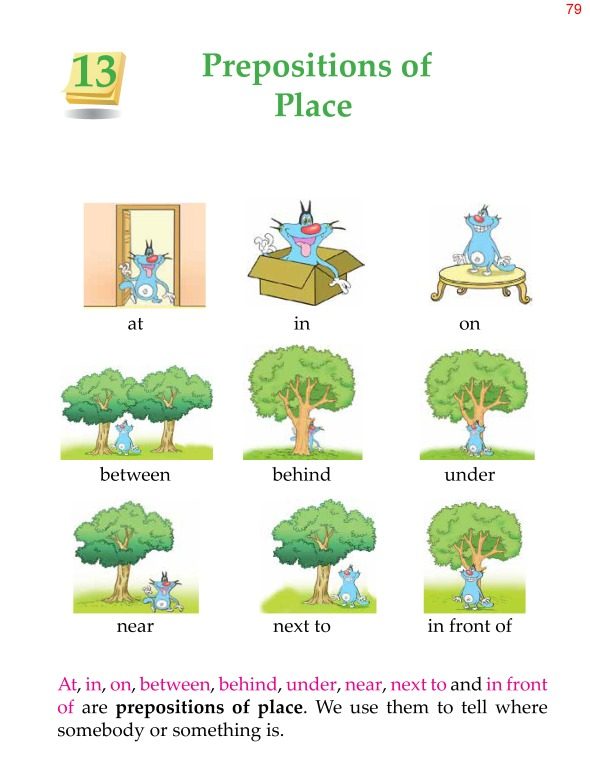 Genre/Topic: Parts of speech, Prepositions
Genre/Topic: Parts of speech, Prepositions
At, in, on, between, behind, under, near, next to and in front of are prepositions of place. We use them to tell where somebody or something is.
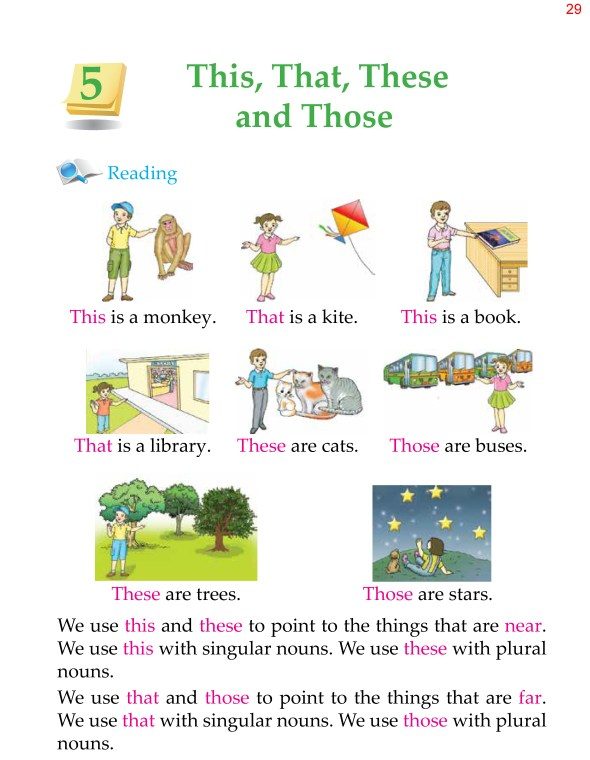 Genre/Topic: Adverbs, Parts of speech, Verbs
Genre/Topic: Adverbs, Parts of speech, Verbs
Determiners: We use this and these to point to the things that are near. We use this with singular nouns. We use these with plural nouns. We use that and those to point to the things that are far. We use that with singular nouns. We use those with plural nouns.
Download the complete course now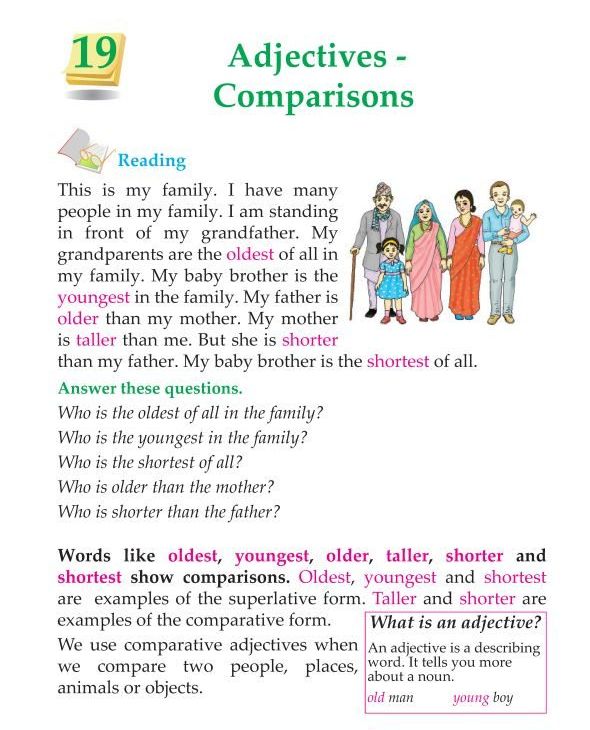 Genre/Topic: Adjectives, Parts of speech
Genre/Topic: Adjectives, Parts of speech
Words like oldest, youngest, older, taller, shorter and shortest show comparisons. Oldest, youngest and shortest are examples of the superlative form. Taller and shorter are examples of the comparative form. We use comparative adjectives when we compare two people, places, animals or objects.
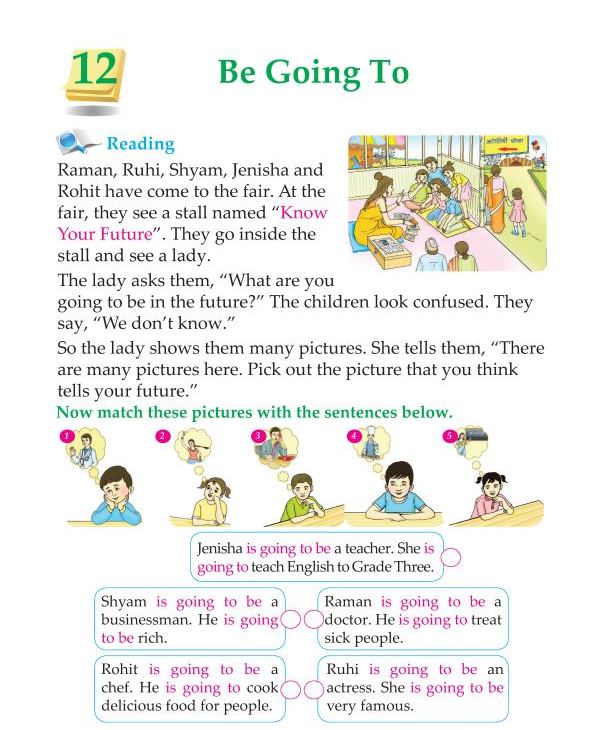 Genre/Topic: Parts of speech, Verbs
Genre/Topic: Parts of speech, Verbs
We use be going to for plans. We also use it when we are sure that something is going to happen in the future.
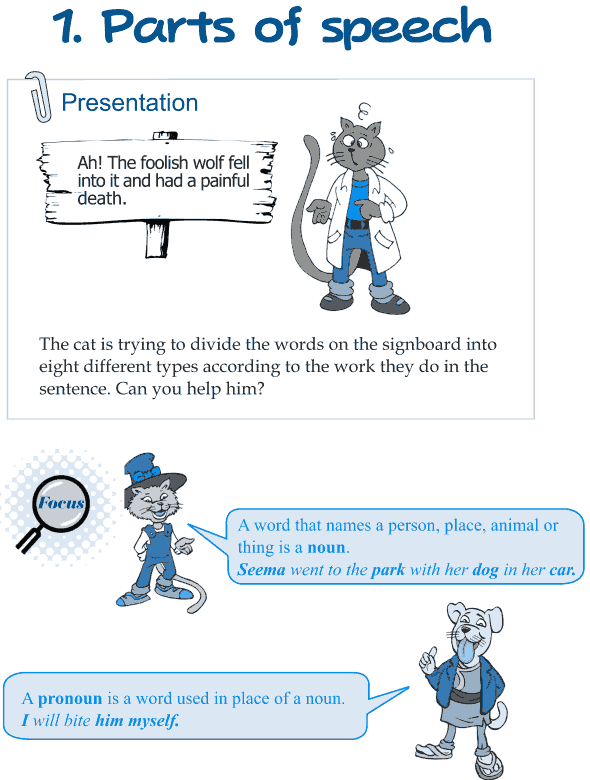 Genre/Topic: Adjectives, Conjunctions, Parts of speech, Prepositions
Genre/Topic: Adjectives, Conjunctions, Parts of speech, Prepositions
What are the parts of speech? What is the difference between a noun and a pronoun? What are adjectives? What is the difference between a verb and an adverb? What are prepositions? What are conjunctions? What are interjections?
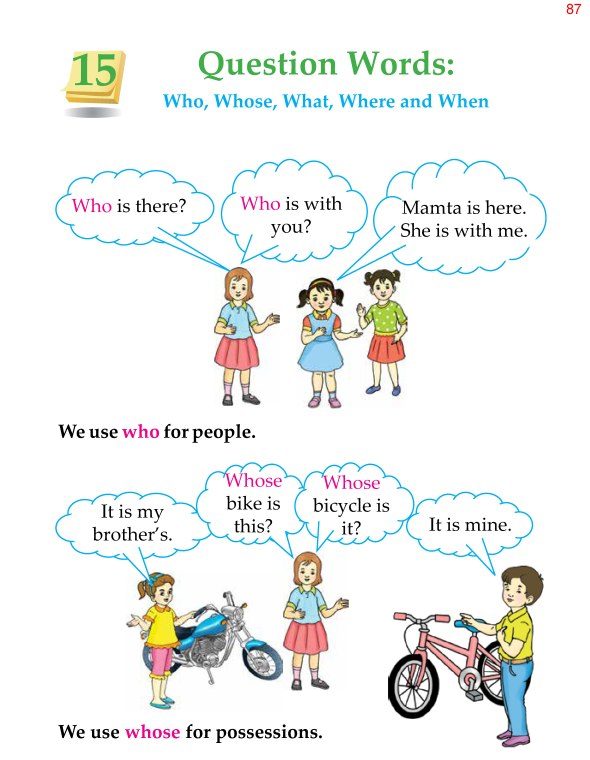 Genre/Topic: Adverbs, Parts of speech, Verbs
Genre/Topic: Adverbs, Parts of speech, Verbs
Who, whose, what, where and when are question words. We use them to ask questions.